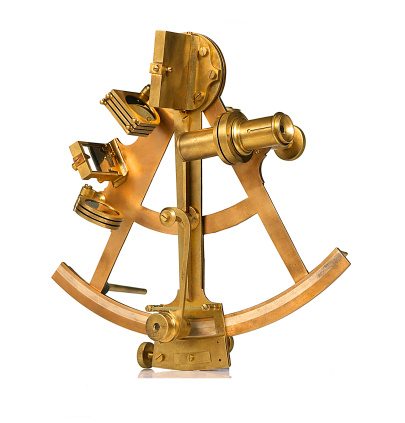
The success of precision-guided bombs in 1991’s Gulf War was a revelation. The world watched transfixed as U.S. generals briefed before screens showing scratchy black and white videos of American weapons blasting bridges, buildings and brigades with amazing precision. Potential foes were dutifully impressed, and have spent a lot of time figuring out how to disable or destroy the satellite-based Global Positioning System that have since cheaply turned dumb bombs into smart ones—and gets the planes carrying them to the right spot.
“Over the last several years, many potential adversaries have invested significantly in counter measures associated with Global Positioning System (GPS) guided weapons,” the Air Force warns in its formal Mar. 5 call for help developing something to replace GPS if a foe knocks it off line. “The Air Force Research Laboratory’s (AFRL’s) response to this challenge is the Celestial-aided Strike at Any Range (CStAR) program.”
GPS is a constellation of roughly 24 satellites that offers the precise location of your smart phone, your car, an airplane or pretty much anything else. The satellites, orbiting about 13,000 miles above the Earth, do this by sharing timing signals that pinpoint a GPS unit’s whereabouts. But the radio signals are weak, making them vulnerable to jamming. And killer-satellite tests by nations like China have unnerved the Pentagon’s high command, given the U.S. military’s reliance on GPS to track and guide everything from bunker-busting bombs to shipping containers.

The growing threat to the GPS system is leading the Air Force to seek what amounts to a 21st Century sextant, an updated navigation tool created in the 16th Century to help sailors chart their ocean voyages with help from the stars. The new version’s goal: “to reduce the technical risk to future weapon systems by demonstrating an integrated navigation solution that can later be tailored to a specific weapon platform.”
Easier said than done, of course. The Air Force didn’t offer many details about CStAR in its plea for assistance. Further information about it is contained in the Celestial-aided Weapons Navigation Technology Security Classification Guide, available only to companies eligible to receive what the Pentagon calls “military critical technical data.”
Let’s just hope the stars stay out of reach.
More Must-Reads from TIME
- Donald Trump Is TIME's 2024 Person of the Year
- Why We Chose Trump as Person of the Year
- Is Intermittent Fasting Good or Bad for You?
- The 100 Must-Read Books of 2024
- The 20 Best Christmas TV Episodes
- Column: If Optimism Feels Ridiculous Now, Try Hope
- The Future of Climate Action Is Trade Policy
- Merle Bombardieri Is Helping People Make the Baby Decision
Contact us at letters@time.com